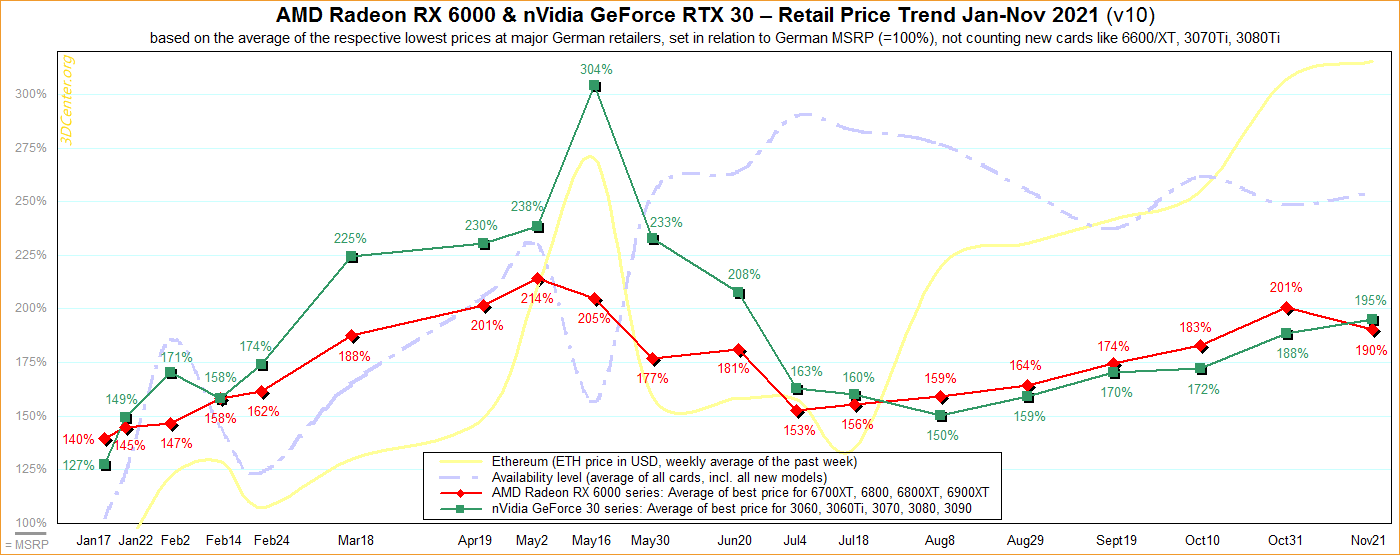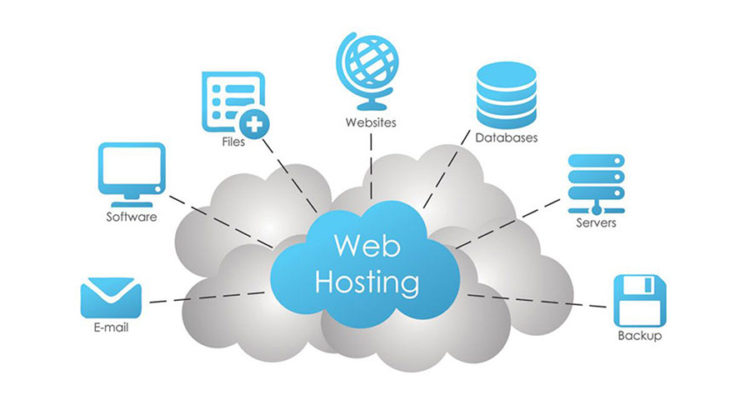
Apache is one of the most well-known server softwares on the Internet. It is available for both CentOS and Red Hat(r) operating systems. Red Hat users have many of the same benefits that CentOS users enjoy. It is easy to install and configure, and is a powerful web server. This article will explain how to configure SELinux, configure PHP 5.4, as well as configure Apache policies.
Configuring SELinux
Apache can use SELinux for its security purposes. It is a great security measure because SELinux allows you to customize the level of security for your server. SELinux blocks Apache's ability to load content from directories other than the default. This can be changed by creating a custom policy.
SELinux, a security feature for Linux, can prevent unauthorized access. It works by detecting and preventing misuse by applications and processes. The system has two modes: enforcing or permissive. The enforcing setting locks down programs. While the permissive setting allows for any process to run.
Creating virtual hosts
First, create a file that describes the configuration of your domain. This file instructs Apache to respond to domain-specific requests. You must place the virtual host file in the sites-enabled directory or sites-available directory and create a symbolic link to it.

Once your virtual host is created, you will need to upload web content. This is accomplished by creating a DocumentRoot folder in the Apache directory. This will act as your website's Document Root in the virtual configuration file. When a user navigates to the domain name, the content will be served from this directory.
Managing Apache policies
You can adjust the security level to Apache processes with the SELinux security system by setting both directory-specific as well as universal policies. It's generally recommended to set Apache policies on individual directories, as this provides greater control. Another option is to set all policies for the entire server. This will tell SELinux how to treat Apache processes in the same manner. This allows you customize the security level on your server, but it does not offer the same level or control.
Apache HTTP server has been one of the most used web servers. It is free, open source, cross-platform and extensible and supports many configurations and modules. Apache is available in CentOS default repositories. This makes configuration and installation quick and simple. CentOS 8 defaults the FirewallD firewall. Apache webserver creates firewalld services files and predefined rules that allow for the use of HTTPS (443) and HTTP(80) ports.
Installing PHP 5.4
PHP 5.4, an extension of the popular opensource programming language, is now available. This server side scripting language is compatible with the Apache web server. The installation of PHP can be complicated by the latest Apache version. These problems can easily be solved with a few steps. Below are a few steps that you should follow.
First, ensure that PHP 5.4 is installed. PHP 5.4 should be used as the default. However, if you'd like to install a different version, you can install it through the yum package yum-utils. Alternatively, you can enable the Remi repo to install the PHP version that you need.

Get your server's IP Address
Once Apache is installed on CentOS, the ip addresses command can be used to check your IP. The command will print the IP address of your server. This IP address will allow you to verify that your website is functioning properly. After you verify that your IP is correct, you may try to view your website in any browser you use in any country by entering the URL.
Apache's default web page indicates that the server has been up and running. Scroll down to see more information about Apache files, directories, and other information. This information is important because you can use the information to perform networking and DNS changes.
FAQ
Should I hire someone to design my website or do it myself.
Don't pay for web design services if you want to save money. But if you want quality results, then hiring someone else to create your website may not be worth the cost.
You don't need to hire expensive web designers to create websites.
If you're willing put in the work, you can create a website that looks great using tools like Dreamweaver.
An alternative option to outsourcing your project is to hire an experienced freelance web designer who charges per-hour instead of per job.
What Websites should I make?
The answer to this question depends on your goals. Your website should be able to sell products online. This will allow you to build a successful business. You'll need to build a robust eCommerce site to do this successfully.
Blogs, portfolios and forums are all popular websites. Each type of website requires different skills. You will need to be familiar with blogging platforms like Blogger or WordPress if you wish to create a blog.
You will need to decide how to customize your website's look when you select a platform. There are lots of free themes and templates available for each platform.
Once you have decided on a platform, you are able to start building your website by adding content. Your pages can be filled with images, videos and text.
You can publish your website online once you have launched it. Visitors can view your site online once it has been published.
How to Create a Static Website
You have two options when creating your first static site:
-
Content Management System, also known as WordPress. WordPress: Download this software and install it to your computer. You can then use it to build an important website.
-
Create a static HTML website: You'll need to code your HTML/CSS code. It's not hard to do if you already understand HTML.
You might consider hiring an expert to design your website if you are planning to build a large site.
Start by choosing option 2.
How Much Does It Cost to Make An Ecommerce Site?
This depends on your platform and whether you hire a freelancer or go through a service provider. eCommerce websites start at about $1,000.
Once you choose a platform to use, you can expect a payment of anywhere from $500 to $10,000.
If you're planning on using a template, you probably won't pay more than $5,000. This includes any customizations you may need to match your brand.
Are you a technical person who wants to design and build a site?
No. You only need to have a basic understanding of HTML/CSS. There are many tutorials available online that can teach both HTML or CSS.
How to design your website?
Your customers will first need to understand the purpose of your website. What are your customers looking for?
What problem might they face if your site doesn't have what they are looking for?
Now you need to figure out how you can solve these problems. You also need to make sure that everything on your site looks right. It should be easy-to-use and navigate.
Your site should be very well-designed. You should ensure that your site loads quickly. If it takes too much time, people will not stay as long as they want. They'll leave and go elsewhere.
You need to consider where your products are located when you build an eCommerce website. Are they all in the same place? Or are they scattered around your site?
You must decide whether to sell one product only or many products simultaneously. Do you want to sell just one type of product or multiple kinds?
You can start building your site when you've decided on these questions.
Now it is time to focus on the technical side. How will your site work? Is it fast enough? Can it be done quickly by people using their computers?
Are people able to purchase something without paying extra? Is it necessary for them to register before they are able to purchase anything?
These are important questions that you must ask yourself. These are the questions that you need to answer in order to be able move forward.
Statistics
- Studies show that 77% of satisfied customers will recommend your business or service to a friend after having a positive experience. (wix.com)
- When choosing your website color scheme, a general rule is to limit yourself to three shades: one primary color (60% of the mix), one secondary color (30%), and one accent color (10%). (wix.com)
- It's estimated that chatbots could reduce this by 30%. Gone are the days when chatbots were mere gimmicks – now, they're becoming ever more essential to customer-facing services. (websitebuilderexpert.com)
- At this point, it's important to note that just because a web trend is current, it doesn't mean it's necessarily right for you.48% of people cite design as the most important factor of a website, (websitebuilderexpert.com)
- In fact, according to Color Matters, a signature color can boost brand recognition by 80%. There's a lot of psychology behind people's perception of color, so it's important to understand how it's used with your industry. (websitebuilderexpert.com)
External Links
How To
What is website Hosting?
Website hosting is the location where people go when they visit websites. There are two types:
-
Shared hosting – This is the most affordable option. Your website files reside in a server managed by another company. Your customers' requests travel via the Internet to your server when they visit your site. The server owner then forwards the request to you.
-
Dedicated hosting: This is the most costly option. Your website resides entirely on one server. There are no other websites sharing space on the server. Your traffic remains private.
Because shared hosting is more affordable than dedicated hosting, most businesses opt for it. You can use shared hosting if the company owns the server to provide the resources required for your website.
Both options have their pros and cons. Here are the main differences between them:
Pros of Shared Hosting
-
Lower Cost
-
Simple to Setup
-
Frequent updates
-
It can be found at many web hosting providers
Hosting shared with others can cost as low as $10/month. However, this price typically includes bandwidth. Bandwidth refers the data that you can transfer over the Internet. So even if you only upload photos to your blog, you may still pay extra money for high amounts of data transferred through your account.
You'll soon discover why you paid so much more for your previous host when you get started. Most shared hosts have very poor customer support. Although their techs may help you with setting up your site, it's not a common practice.
It is important to find a provider that provides 24-hour support. They will attend to any issues you have while you sleep.
Cons of dedicated hosting
-
More Expensive
-
Less is More
-
Requires Special Skills
With dedicated hosting you will have everything you need to manage your website. You won't worry about how much bandwidth you are using or how much RAM (random Access Memory) you have.
This means you will need to spend more upfront. However, once your business goes online, you'll discover that you don’t need as much technical support. You'll be able to manage your servers effectively.
Which is better for my business?
This depends on the kind of website that you want. Shared hosting is best for those who only need to sell products. It is simple to set up and easy to maintain. And since you're sharing a server with many other sites, you'll likely receive frequent updates.
However, dedicated web hosting is the best way to build a community around you brand. Instead of worrying about traffic, you can concentrate on building your brand.
Bluehost.com offers both. Bluehost.com offers unlimited monthly data transfers, 24/7 customer support, domain registrations free of charge, and a 30-day guarantee for your money back.